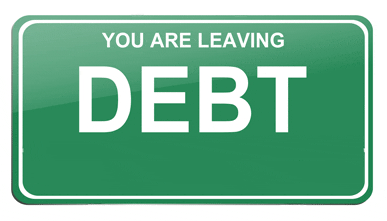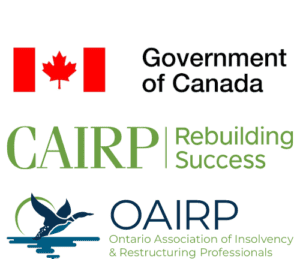
Consumer Proposals Negotiate & Reduce Debt
Although most proposals are accepted, creditors can reject an offer if they believe the repayment amount is too low or the budget seems unrealistic. Rejection does not mean the process is over — it usually means creditors want a slightly better offer. A proposal might be rejected when:
- The repayment amount is too low, and creditors feel the offer does not match your income or budget.
- Your income appears higher than the proposal reflects, suggesting a higher payment is possible.
- There is a history of missed payments with those creditors, making them cautious about accepting a low offer.
- The offer is close to bankruptcy value, and creditors want a small adjustment before agreeing.
Most rejections lead to simple adjustments rather than a complete refusal.
Renegotiating the Proposal
If creditors reject the initial offer, our Licensed Insolvency Trustees can renegotiate on your behalf. Trustees understand creditor voting patterns and know exactly how to structure an offer creditors will accept. During renegotiation:
- The trustee contacts creditors directly, addressing their concerns and proposing adjustments.
- You may increase the payment slightly, often by a small amount each month.
- The repayment period may be extended, lowering the monthly cost while increasing the total offer.
- Creditors typically accept the revised proposal, because they prefer proposals over bankruptcy.
Renegotiation is common and often resolves the issue quickly.
What Happens if the Proposal Is Accepted After Adjustment
Once creditors agree to the revised offer, the proposal becomes legally binding. This stops all collection activity, freezes interest, and protects you the same way the original proposal would have. After acceptance:
- All debts included in the proposal are locked in, meaning creditors cannot change their mind later.
- Your monthly payment becomes fixed, and you can budget with confidence.
- Your credit report shows the proposal as active, starting the countdown toward rebuilding.
- You regain full legal protection, just as you would have with the first offer.
Most people never notice the difference between the original offer and the adjusted one.
What Happens If a Consumer Proposal Falls Behind
A proposal may fail if payments stop or fall behind. Life changes, emergencies happen, and some people struggle to keep payments up to date. Falling behind does not mean automatic failure — but it does mean action is required. A proposal may fall behind if:
- You miss three monthly payments, causing the proposal to be deemed annulled.
- You stop paying for several months, leaving the trustee no choice but to close it.
- Your income drops suddenly, making the payment unaffordable.Unexpected expenses arise, affecting your ability to stay on track.
The key is to act quickly before the proposal is formally annulled, give us a call and we’ll walk you through this.
Fixing a Proposal That Is Falling Behind
You have multiple options to fix the situation before the proposal officially fails. These options help you stay protected and regain stability. You can:
- Catch up the missed payments, which reinstates the proposal immediately if done before annulment.
- Ask your trustee to amend the proposal, often lowering your payment or extending your timeline.
- Use a lump sum from a tax refund or family member, bringing the proposal up to date instantly.
- Switch to a different option, such as bankruptcy, if your income has changed dramatically.
Most proposals can be saved if action is taken early.
What Happens If the Proposal Is Annulled (Officially Fails)
If you miss three payments and the proposal is automatically annulled, the legal protection ends. This means:
- Creditors regain the right to collect, including calls, letters, and legal action.
- CRA can restart garnishments, freeze accounts, or pursue tax enforcement again.
- Interest and penalties resume, increasing your debt quickly.
The original debt amount becomes active again, not the reduced proposal amount. Even after annulment, but you still have options to regain protection.
Can a Failed Proposal Be Revived?
Yes, an annulled proposal can often be revived. This is one of the biggest advantages of the system — it gives people a second chance without starting from scratch. A proposal can be reinstated when:
- All missed payments are caught up, and the trustee approves the reinstatement.
- Creditors agree to a modified proposal, which may include new terms you can afford.
- Your financial circumstances change, allowing you to make payments again.
Revival restores all legal protection and puts you back on track immediately.
Bankruptcy May Be an Option
If the proposal cannot be saved, bankruptcy is sometimes the next step. Bankruptcy provides strong protection and eliminates most debts, but it has stricter rules than a proposal. Bankruptcy may be appropriate if:
Your income has dropped permanently, making proposal payments impossible.
- Your expenses have increased, leaving no room for repayment.
- Creditors refuse further adjustments, and no affordable payment is possible.
Your trustee will help you understand these options and choose the one that best supports your situation.











